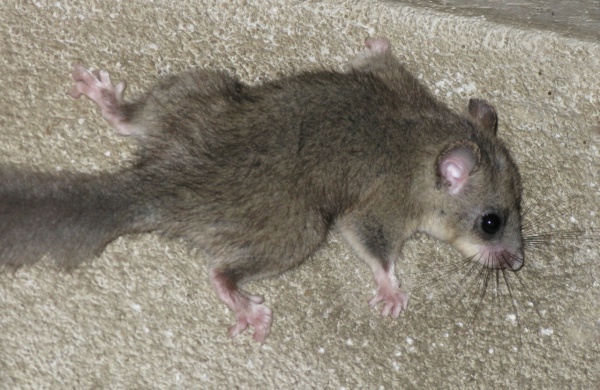Facts About Edible dormouse
The edible dormouse, also known as the fat dormouse, is the sole extant species in the genus Glis and is indigenous to much of Western Europe. Historically, the Romans regarded these dormice as a delicacy, which is why they are referred to as "edible dormice." They are the largest of the dormice species, measuring approximately 14 to 19 cm in body length, with a bushy tail. They bear a resemblance to squirrels, with greyish fur and distinctive white underparts.
Edible dormice are primarily found in deciduous forests rich in oak and beech trees, but they also inhabit caves, orchards, and urban areas. They are herbivores, feeding on berries, nuts, and occasionally insects. These creatures are nocturnal and prefer spending their time in trees, avoiding open spaces.
Population densities of edible dormice range from two to 22 individuals per hectare. They have an effective defense mechanism against predators: they can shed their tail skin. These dormice hibernate from October to May, relying on fat reserves to endure the winter months. Their primary predators include owls, foxes, pine martens, and wildcats.
The breeding season occurs from late June to mid-August, with females giving birth to as many as 11 young. The young dormice reach sexual maturity after their second hibernation. Edible dormice tend to live longer than similarly sized mammals, with some individuals reaching up to 12 years of age in the wild.
Edible dormice have a complex relationship with humans. They can be considered pests when they invade homes, posing fire risks and causing damage. The Romans historically farmed and consumed them, and today, people in countries such as Slovenia and Croatia still trap and eat them, following various traditional methods and culinary practices.

 Poland
Poland